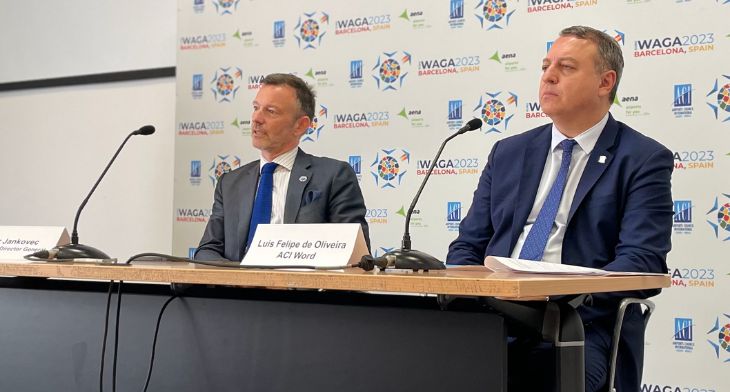


This year’s COP28, which is taking place in Dubai until 12 December, has seen the launch of the new Level 5 of the Airport Carbon Accreditation programme, which is managed by Airports Council International (ACI) Europe. The latest and most ambitious development of the programme to date, Level 5 certifies airports for reaching and maintaining a net zero carbon balance for emissions under their control (Scope 1 and 2) and extending mapping, influencing and reporting requirements for all other emissions (Scope 3).
Olivier Jankovec, ACI Europe’s Director General, explained that while the programme’s requirements and structure have evolved over time, the launch of Level 5 marks a pivotal shift.
“The establishment of a reference framework for airports achieving and maintaining a net zero carbon balance for emissions under their control reflects the fact that airports are starting to deliver on their net zero commitments. Crucially, Level 5 also pushes airports to extend their focus beyond those direct CO2 emissions, by following a comprehensive approach in measuring their Scope 3 emissions and influencing their reduction towards net zero by 2050,” he said.
Ten airports have already secured Level 5 accreditation as part of the pilot programme that took place earlier in 2023. These include, Amsterdam Airport Schiphol, Eindhoven and Rotterdam-The Hague airports in the Netherlands; Beja, Madeira and Ponta Delgada airports in Portugal operated by Aeroportos de Portugal/ Vinci Airports; Christchurch Airport in New Zealand; Göteborg Landvetter and Malmö airports in Sweden operated by Swedavia; and Toulon-Hyères Airport in France, operated by Vinci Airports.
The airport trade body also released Version 7 of the Airport Carbon and Emissions Report Tool (ACERT), a complimentary resource that helps airports identify, quantify and manage their greenhouse gas emissions.
Cleaner energy sources
In addition, during the Global Sustainable Aviation Forum, a side-event of COP28 organised by the Air Transport Action Group (ATAG), ACI Europe’s global counterpart, ACI World, further underlined its support for cleaner energy sources.
Having recently affirmed its endorsement of the aviation sector’s transition away from fossil fuels during the ICAO CAAF/3 Conference, which took place at the end of November and saw a 5% carbon intensity reduction by 2030, ACI led discussions during the Global Aviation Sustainable Aviation Forum on the critical role of clean hydrogen. The airport trade body sees hydrogen as a versatile alternative energy source for aviation’s decarbonisation. However, it also reinforced that shifting to alternative propulsion will require a capital investment of between US$700 billion and US$1.7 trillion across the value chain by 2050, with estimates suggesting that around 90% of this investment will be for off-airport infrastructure.


ACI is also working with the World Economic Forum on the Airports of Tomorrow initiative looking at innovative opportunities for airports to become energy hubs, as well as on the international Industry Working Group Airport Compatibility of Alternative Aviation Fuels Task Force that is studying the regulatory framework needed for the introduction of aircraft powered by new fuel types.






